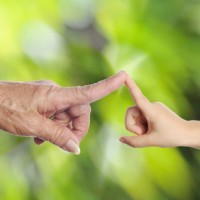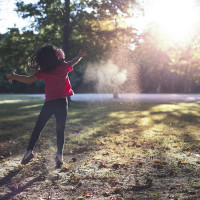Posts Categorized: MAPP in the news
One service that MAPP provides to our community is outreaching progress and celebrating collaborative work that is improving our community health. Check out our recent articles published in local media, such as the monthly 'RoadMAPP to Health' columns in the Homer News, and our monthly MAPP newsletters.

Entire community can play part in helping young people grow into thriving adults
April 2
[Published in Homer News 4/2/15] Youth, do you have at least one adult besides your parents that you can go to for help if you had an important question affecting Read More

MAPP: collective impact is key
April 1
[Published in the Homer Tribune on 4/1/15] By Chelsea Alward What do climate adaptation, domestic violence prevention, and watershed restoration have in common with one another? Among many others, each Read More

MAPP named finalist in national initiative
March 19
[Published in Homer News 3/19/15] MAPP of the Southern Kenai Peninsula announced this week it has been named a finalist in a national initiative aimed at accelerating the journey to Read More

Multiple collaborative efforts now underway
March 10
[Published in Homer News 3/5/15] Take a look around our community and you will see inspiring individual and collaborative efforts abound, supporting our well-being and reinforcing the quality of life Read More

Preventing childhood trauma will improve health of community
February 13
[Published in Homer News 2/5/15] If you could do one single thing that decreased the number of people within our community experiencing anxiety by 56 percent, life dissatisfaction by 67 Read More






